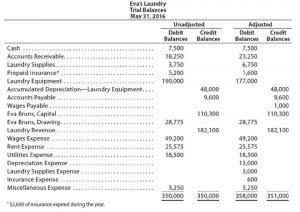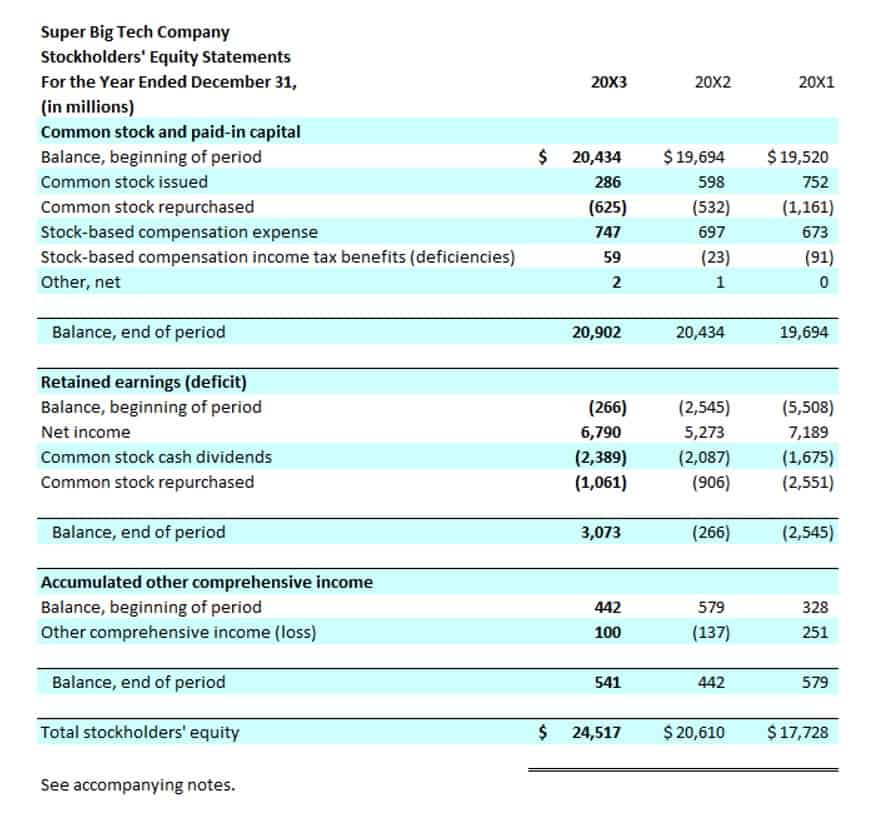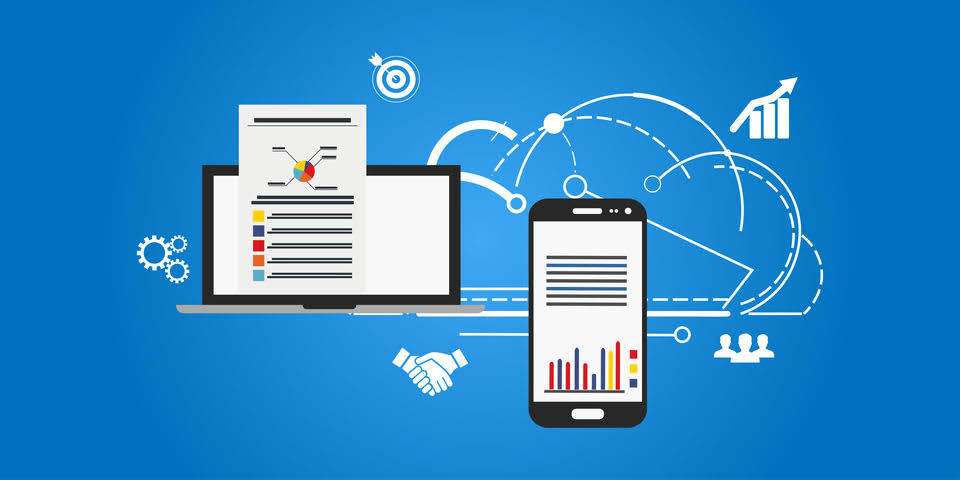- VietTAS Hotline: 0918516181
Szkolenia biznesowe
24 June, 2021How to Buy Bob LION Inu BNBLION Guide
30 October, 2021Accounting and Financial Services for Artists

We get it – you became an artist to fuel your creative passion, not to become your own bookkeeper. But as a creative professional, navigating the financial side of your career is essential. If you wish to learn more about what we can do for you, our specialist accountants for artists are happy to help.
- Everything that you need to know to start your own business.
- Over the last 20 years the economic situation of Danish museums has gradually changed from being very much dependent on public funding to relying on a more diverse income structure.
- From the very beginning, you should be setting aside a percentage of the sales that you make for taxes.
- We’re able to solve some financial problems for artists, but we know that there are others that are beyond our scope.
- Which is why most of them only have a couple of people on staff.
- Digital tools can facilitate this by providing centralized databases that are easily accessible and updateable, ensuring that all information is current and accurate.
- Some lawyers who work specifically with the arts offer pro bono accounting services.
Accurately track project expenses and income with expense tracking

As such, finding the right accounting software for your needs should be top of your agenda. QuickBooks is a superlative cloud accounting software for artists and musicians. Users can save time on financial reporting and paperwork since most essential bookkeeping procedures are done automatically. Keep your books accurate and up-to-date with expense management automation. Managing business expenses is crucial for running a creative business efficiently.
Art Accounting: Essential Practices for Galleries and Collectors

We often get asked if we can help artists manage their finances more directly. We get asked if we can help with payroll, budgeting, bookkeeping, and overall accounting support. Unfortunately we can’t help you out directly here, but we can point you in the direction of some folks who can. Course DescriptionArt galleries are subject to a surprising number of accounting issues, because of the manner in which they accounting for artists operate.
Our Company
Bokio is a sophisticated, cloud-based solution to assist small companies, freelancers, artists, and sole traders in flourishing. The software uses artificial intelligence to streamline the company’s accounting processes. Businesses must properly submit their taxes when they Bookkeeping vs. Accounting have accurate records of their financial transactions.
Selecting the Right Accounting Method for Company Investments

By partnering with Accounts Junction, artists can focus more on their creative work while ensuring the long-term financial success of their careers. FreshBooks’ automation features, such as recurring invoices, expense tracking, and tax calculations, help artists simplify bookkeeping. This saves time and increases efficiency, reduces errors, streamlines financial management, and allows artists to focus on running their creative business. Additionally, accounting tools are essential resources for managing finances effectively, benefiting a wide audience including entrepreneurs and creatives. ZarMoney stands out as the best accounting software for artists in 2024 due to its comprehensive features, user-friendly interface, and robust support.
- Our expert team will handle everything from cataloging your income and expenses, managing receipts for your supplies and tools, to preparing your tax documents.
- Keeping track of flash creation, equipment expenses, studio rent, and other operational costs can be overwhelming.
- Plus, you can download iOS and Android apps to handle payments or view account balances from anywhere.
- Artists should communicate these costs transparently, whether billed at an hourly rate or as a flat fee.
- So in short, the revenue accounting has to deal with a lot of different sources of income.
Get 2 Months of Bookkeeping for Free!
Another https://senergene.com/solved-a-100-petty-cash-fund-has-cash-of-18-and/ revenue source is home delivery and hanging services. They bring artwork to your home and hang it for you, and might even arrange to have lighting installed for it. And as another source, galleries sometimes rent out their space for private receptions, so there can be some rental revenue. A gallery might create some quite fancy catalogs of artist works – which are usually for a show, but which can also be sold. Another source of revenue is brokering the repair of artwork. For example, a painting might get water damage, so the gallery charges the owner to handle the repair work, which usually means sending it back to the original painter.
Build the Ultimate Business.

Spend less time on manual data entry and more time running your business. Improve accuracy when your bookkeeping software automatically records income and expenses, utilizes time tracking, sends payment reminders, and keeps your books tax time ready. Additionally, efficiently manage sales tax to ensure accurate tracking and remittance during transactions. Understanding bookkeeping for artists starts with understanding their unique needs. Selecting the right accounting software can help mitigate their financial and time challenges. There are many resources that can help teach this management skill.
- And there’s the travel and entertainment cost to send staff to the fairs, and put them up at hotels.
- Learn more about Bench, our mission, and the dedicated team behind your financial success.
- There are tools and services out there to help you as an artist get your finances in order and keep them that way.
- And after all these transactions are recorded, the accountant will probably be asked for two profitability reports.
- Bokio is a sophisticated, cloud-based solution to assist small companies, freelancers, artists, and sole traders in flourishing.
- It is also important that you are managing your finances properly with proper management of bookkeeping and accounting.
- Few artists want to spend their downtime tracking unpaid client invoices or entering art supply expenses.
Defining licensing and usage rights protects intellectual property and avoids misunderstandings. These rights dictate how the artwork can be used, reproduced, or altered. Licensing agreements can range from exclusive rights, granting the client sole usage, to non-exclusive rights, allowing broader distribution. The scope of usage, including geographical limitations, duration, and medium, should be clearly outlined. Understanding both 1099-NEC and 1099-K requirements is crucial for art dealers in today’s digital payment landscape. While the rules have become more complex, breaking them down into manageable steps makes the process much easier.
